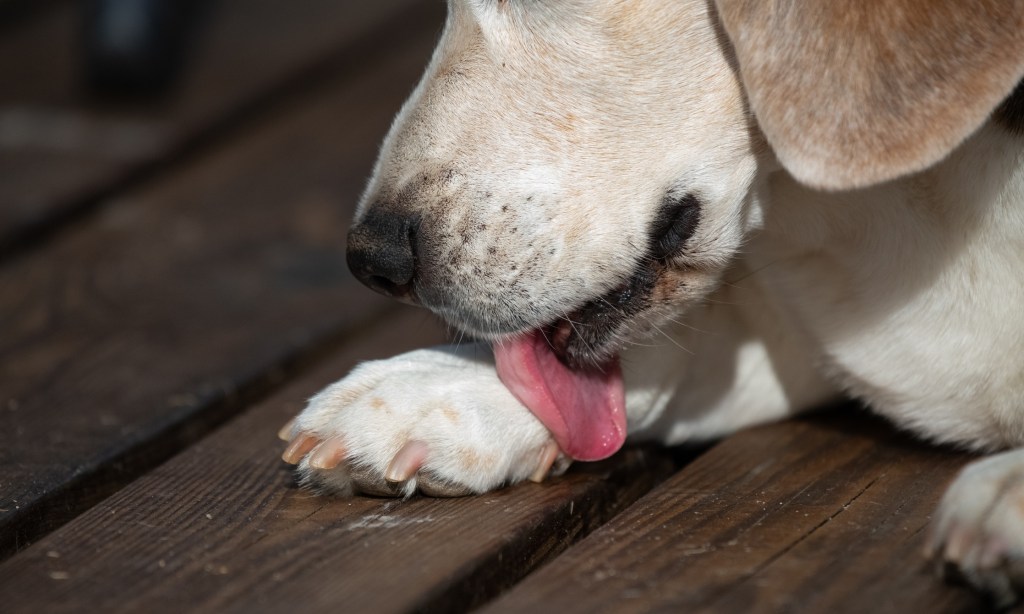Table of Contents
Dogs that are extremely active often suffer from injuries to their muscles. It’s important to make sure your dog gets enough exercise, but equally important not to overdo it. If you notice unusual symptoms in your dog, it could be a torn leg ligament.
Causes of ligament tears
Over time, “micro-injuries” – small tears and stretches in the ligament – can culminate, causing the ligament to fully tear. The most common ligament tear in dogs is a cranial cruciate ligament tear, which affects the knee or stifle. This is comparable to an “ACL tear” in a human. Cruciate ligament tears are most common in large breeds, spayed females, and dogs older than five years old.
Abnormalities or defects of the stifle (essentially the knee in dogs) and its surrounding ligaments can predispose a dog to a cruciate ligament tear. Obesity can also lead to tearing; excess weight puts strain on the joint and adjoining tissues. Trauma, such as a fall or bad jump, can be another cause of ligament tears in dogs.
Symptoms
The ligament can tear partially or completely. This can be the result of a chronic or acute condition. The chronic form of the injury is due to degeneration of the ligament; the dog’s ability to use the leg will be compromised over time, sometimes to the point of complete loss of function. An acute ligament tear is caused by a sudden trauma or incident. Dogs with this type of injury show symptoms like lameness, swelling, and inability to put weight on the leg.
Diagnosis and treatment
Your vet will do a physical examination to assess the severity of the injury. Radiographs (x-rays) will likely be performed, and your vet may also recommend a CT scan, MRI, or arthroscopy (a minimally-invasive surgical procedure to directly view the ligament). Based on these diagnostic tests, your veterinarian will recommend an appropriate treatment for your dog’s specific injury and overall health status. Most cases require surgery, although medical management may be appropriate in some cases.
Prevention
Avoid strenuously exercising your dog on a regular basis. If your dog shows signs of limping, cut back on physical activity and just go on moderately paced walks. Icing your pet’s affected limb can also help to relieve symptoms and pain. Too much running, jumping, and swimming can take its toll on a dog’s ligaments, especially senior dogs.
Ligament tears can result in costly surgery and physical therapy; for more details on cost of care and treatment see our report. If you own a breed of dog that is prone to this injury or your dog is highly active, consider dog insurance. In the event of injury, pet insurance can greatly reduce or even eliminate the cost of vet bills. Try not to overstretch your dog’s physical boundaries; limit intensive exercise to every other day and cut back if you find your pet excessively tired and/or limping the next day.
The content is not intended to be a substitute for professional veterinarian advice, diagnosis, or treatment. Always seek the advice of your veterinarian or other qualified health provider with any questions you may have regarding a medical diagnosis, condition, or treatment options.









